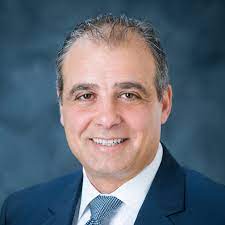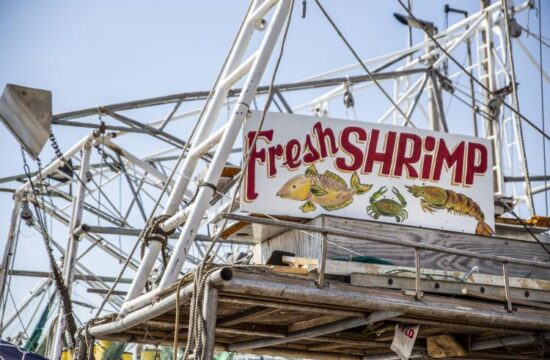Anna Wan made a career of making math real. Assistant professor at University of Southern Mississippi and self-described “tinkerer” has recently moved from creating hands-on math labs to help future teachers and students, to making medical masks. Her 3D printer and her hub-research lab Hattiesburg duel “makers” are the common thread.
Mississippi Today interviewed Wan about her creative process during a pandemic. She was driving around town to deliver the new masks to Hattiesburg Clinic and Forrest General Hospital. Her design, like many other innovations, was partly due to chance and an inclination at 2 AM.
Summary: She is a USM “math licensure faculty member”, meaning that she teaches future math teachers. She believes in teaching by making, and that mask-making is the best way to teach math.
In a matter of weeks, her team has produced at least 1,600 masks (from prototype to first product to initial concept) and they have been sent to Hattiesburg’s health workers. When asked about full production, she said that the team currently produces one mask per two minutes on three machines. She added, “You do all the math.” This article was first published in Inform[H]er. It has been updated this week with new information. Q: How did you get to be able to quickly pivot to pandemic mask-making, and what was your background? A: I am a part of digital fabrication research. This includes laser cutting and 3D printing. It is the only way to make mathematics more real. My work involves incorporating some of the maker-constructivist ideas into formal education, and linking it to the standard to allow kids to learn creatively and without losing time. We know that education is not an isolated process. I have always done some pretty crazy things. My husband uses a wheelchair, so the attachments for his wheelchair are very customized. Since 2015, I have had a 3D printer. I also created an education makerspace at Columbus State, Georgia, which encourages hands-on learning. I have always been a tinkerer. I was always making things for others. Q: How did this mask become your pivotal piece? Editor’s Note: The mask is a device that attaches medical-grade antiviral filters to the faces of health care workers. She has already partnered with hospitals that have an actual filter and a nozzle. A quick chat with medical professionals led to the idea of strapping the filter to the mask. Due to national supply chain problems, hospitals are short of disposable N95 masks. Mississippi Polymer Institute is helping her source more sustainable, scalable plastics. They are currently using the same soft plastic as Coke bottles. A: Thermoforming is a method of making molds for other things. You heat up a sheet and then you place it on top of your mold. She also says that it is great for making cookie and chocolate molds. So we will thermoform this mask to make a brick out of it. Then I’ll make plaster molds or silicone inserts. This was my original intention — it was an intermediate step to make plastic more difficult to push through. After I had thermoformed the mold and cut it out, I placed it on my face. It was sticking to my face and making it sticky. It had such a good suction that I thought it could be a final product. We also published the design for others to copy and local sewers contributed straps to make the masks. Q: What does this moment for you as an innovator? And what can we learn from it? It’s a very exciting time, in the sense that it’s a global hackathon. The virus is a huge distraction from the fun and excitement of creating. I am seizing this moment to create and honestly, the N95 mask needs to be rethought. Editor’s Note: The N95 mask was not designed for repeated wear like Wan’s. The N95 mask’s breaths are distributed throughout the entire mask. While Wan’s mask is channeled through the spout, you get more of your breath in and less C02 buildup. It’s time to reconsider how we use these N95s. It is not enough to simply state that 3M will increase production. This is especially true in light of the fact that these items are disposable. See more about the mask and Wan’s work here: https://www.eaglemakerhub.org/hubmask/










